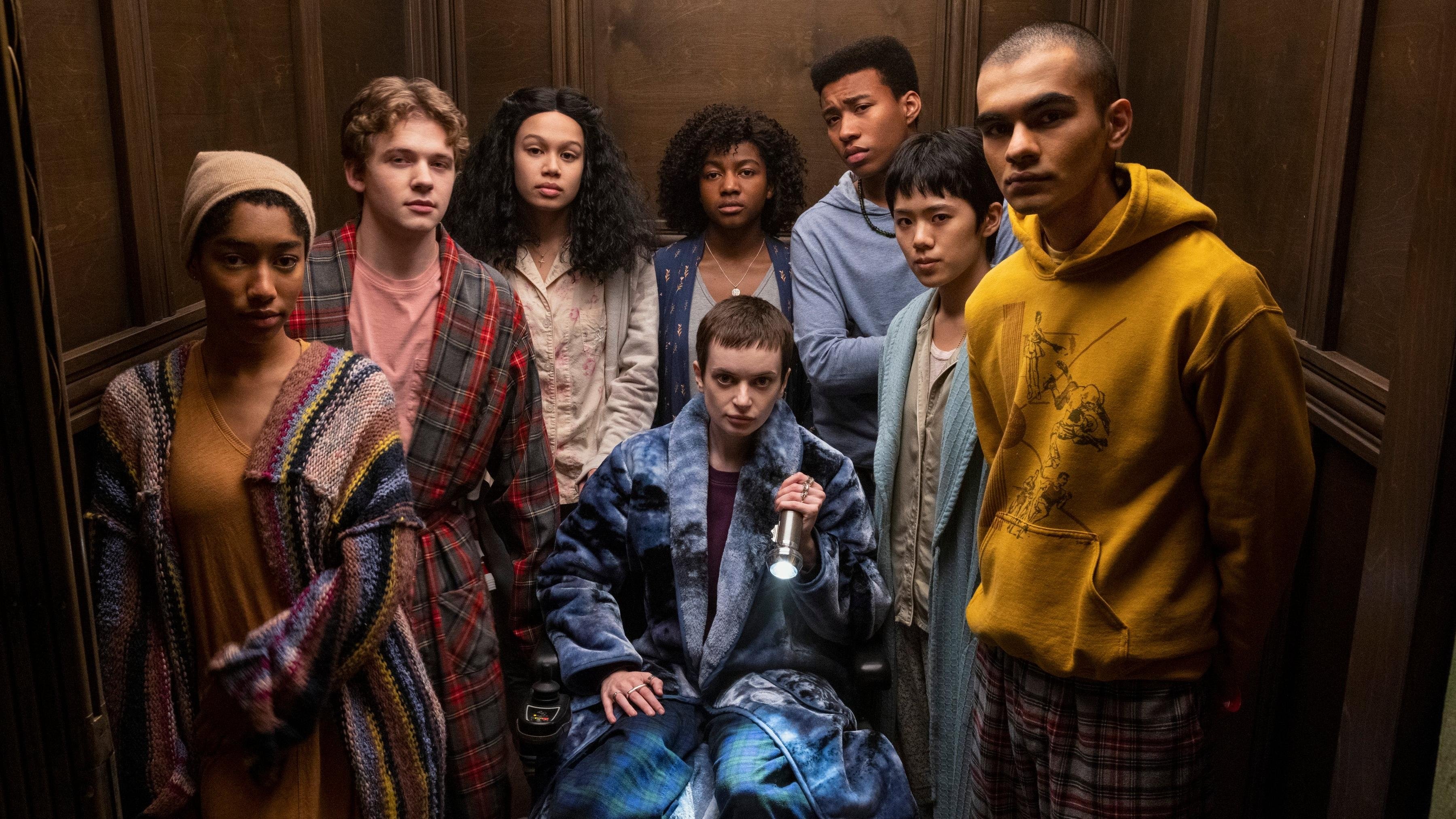The Midnight Club is a sprawling meditation on mortality
Mike Flanagan's YA horror series grapples with how a life, or a story, comes to an end

Like many horror auteurs before him, Mike Flanagan has a welcome predilection for the haunted-house genre. With both The Haunting Of Hill House and The Haunting Of Bly Manor, he proved himself adept at exploring every nook and cranny of this centuries-old storytelling device for those who, like him, are interested in the afterlife—both from a narrative as well as a spiritual perspective. Indeed, those previous limited series allowed Flanagan to offer new twists on old classics. Like those titular haunted houses, he created stories that stressed the way past traumas reverberate into our present, reminding us that there’s a fine line between supernatural and emotional terrors. Alongside Leah Fong, Flanagan has developed Christopher Pike’s 1994 novel The Midnight Club into an engaging, if uneven, YA series that rests its premise on the palliative power of storytelling.
With an opening episode titled “The Final Chapter,” The Midnight Club immediately announces its fascination with endings. This is a series that revolves around a hospice for terminally ill teenagers, so the very idea of how a life (and a story) ends is very much at the forefront of Fong and Flanagan’s adaptation. Our entry point into Brightcliffe Hospice is Ilonka (Iman Benson), a young woman in foster care who decides to face her diagnosis of thyroid cancer head-on by refusing care and spending her remaining months with kids her own age dealing with similar short-lived prospects. Only, as with all ghostly tales, there’s more to Brightcliffe than what meets the eye.
For starters, there’s the titular club. Every midnight, the teens at the hospice gather at the library to distract themselves from their everyday life and tell each other stories: “To those before, to those after,” they intone, “To us now, and to those beyond. Seen or unseen. Here but not here.” As Ilonka soon finds out, the club has been going on for years—decades, even, with members coming and going. (To some of us ’90s kids, the setup will evoke Are You Afraid Of The Dark, even as the themes and gore of some of these late-night larks are decidedly more R-rated—and plenty scarier!—than that classic Nickelodeon series.)
But then there’s also the key mission of the club—a pledge, more like: When they die, each member promises to deliver a message from the beyond. Proof that there’s an afterlife. Such a setup alone would make for an enthralling YA horror anthology, what with many a tale riffing on everything from Black Swan to The Terminator and wrestling with what it means to let go of those you love and those you wish would in the trappings of self-contained vignettes.
